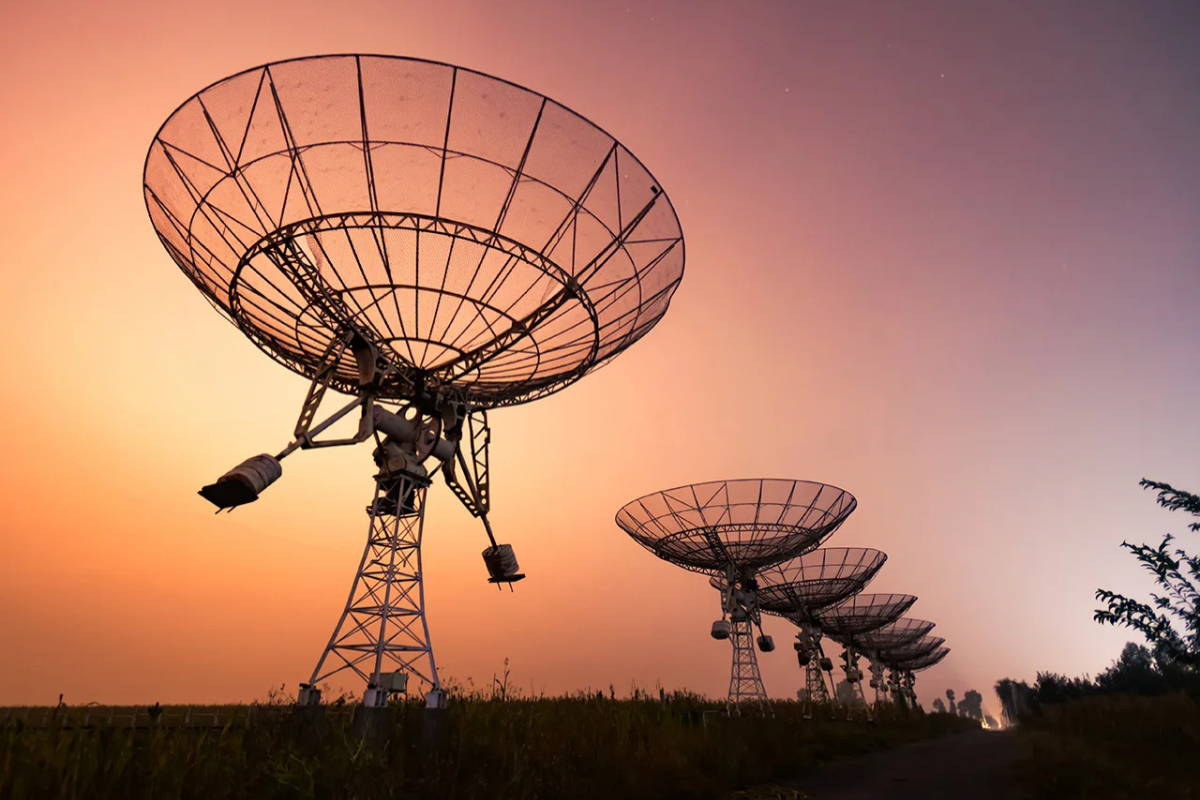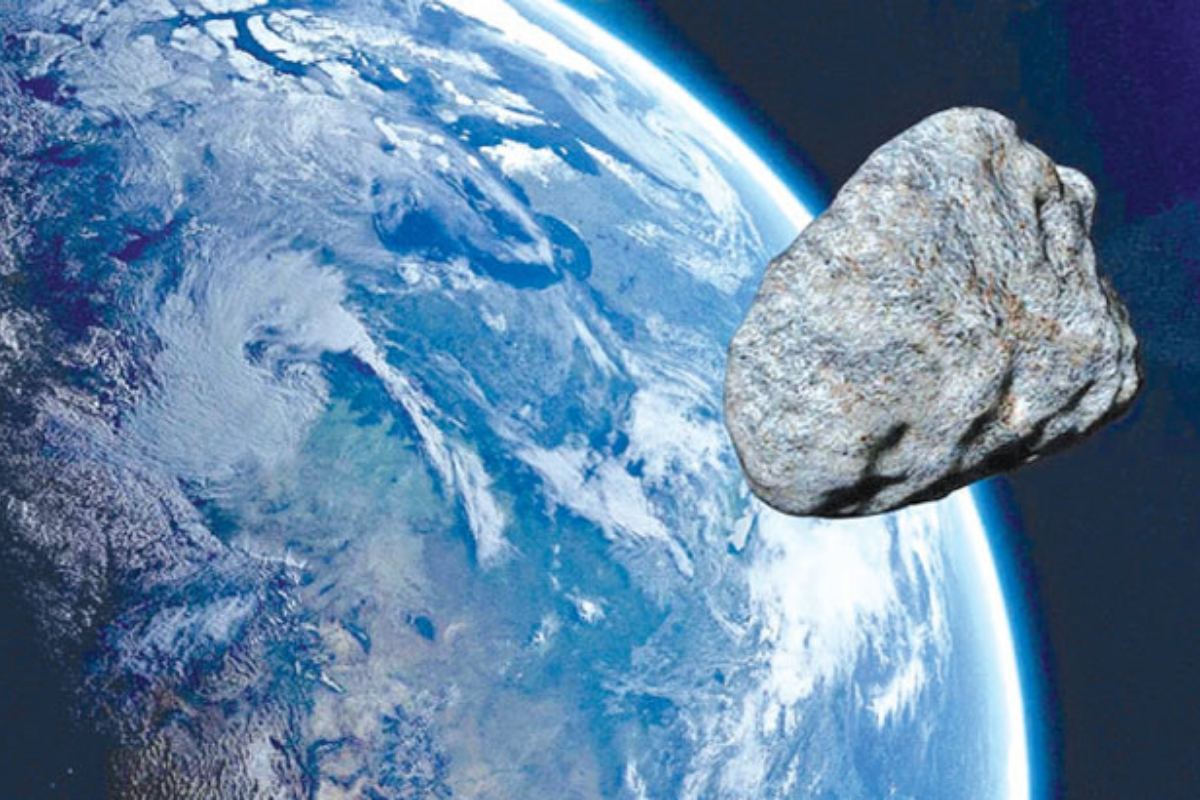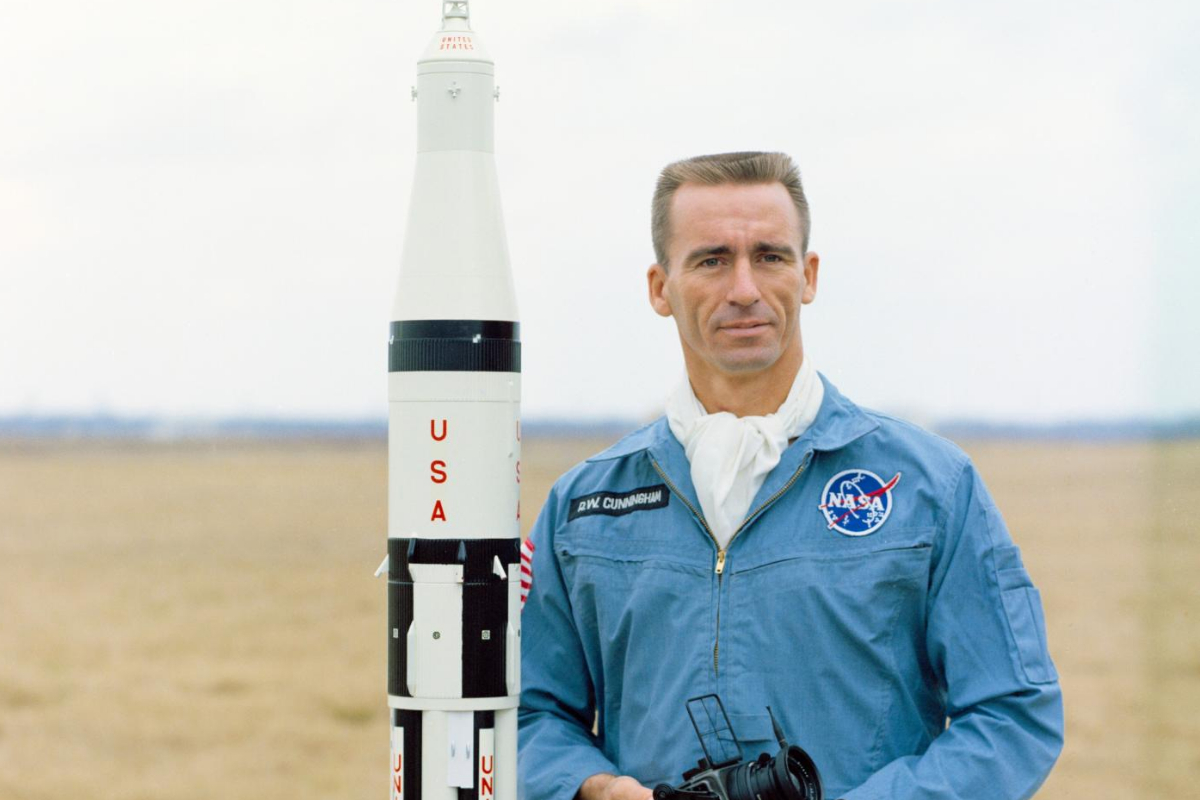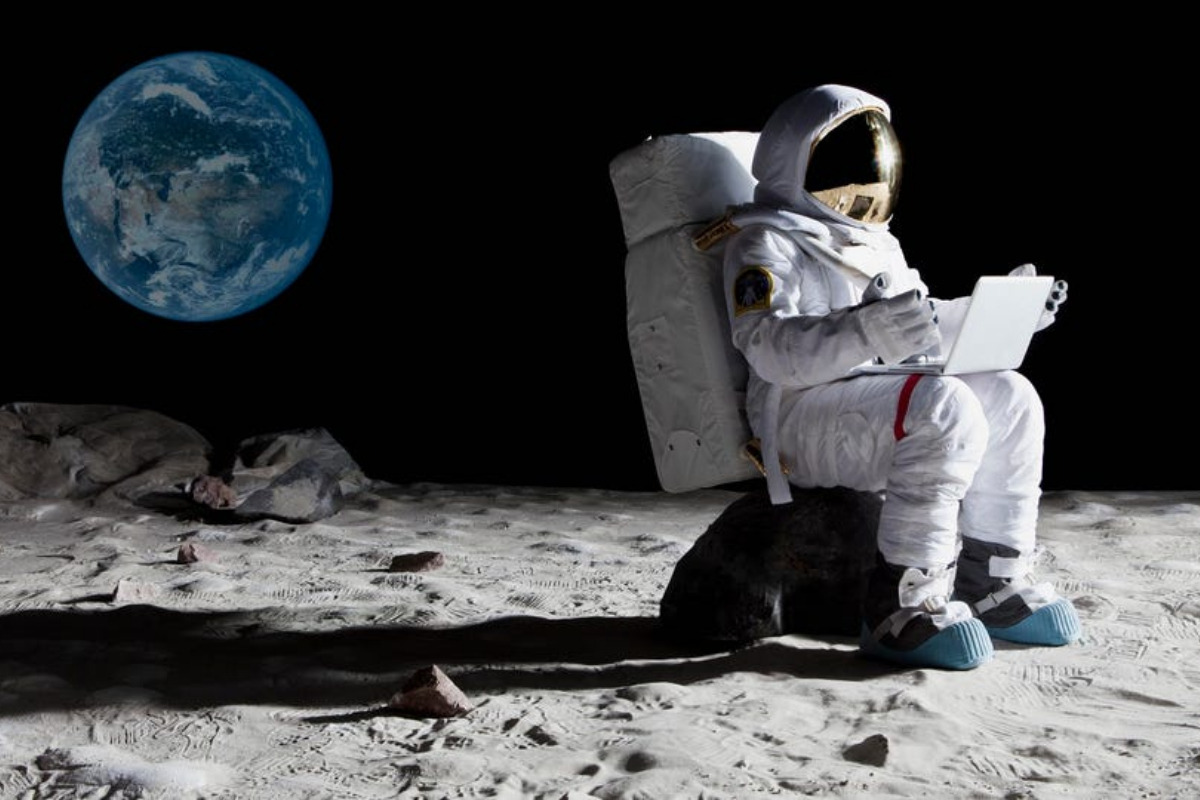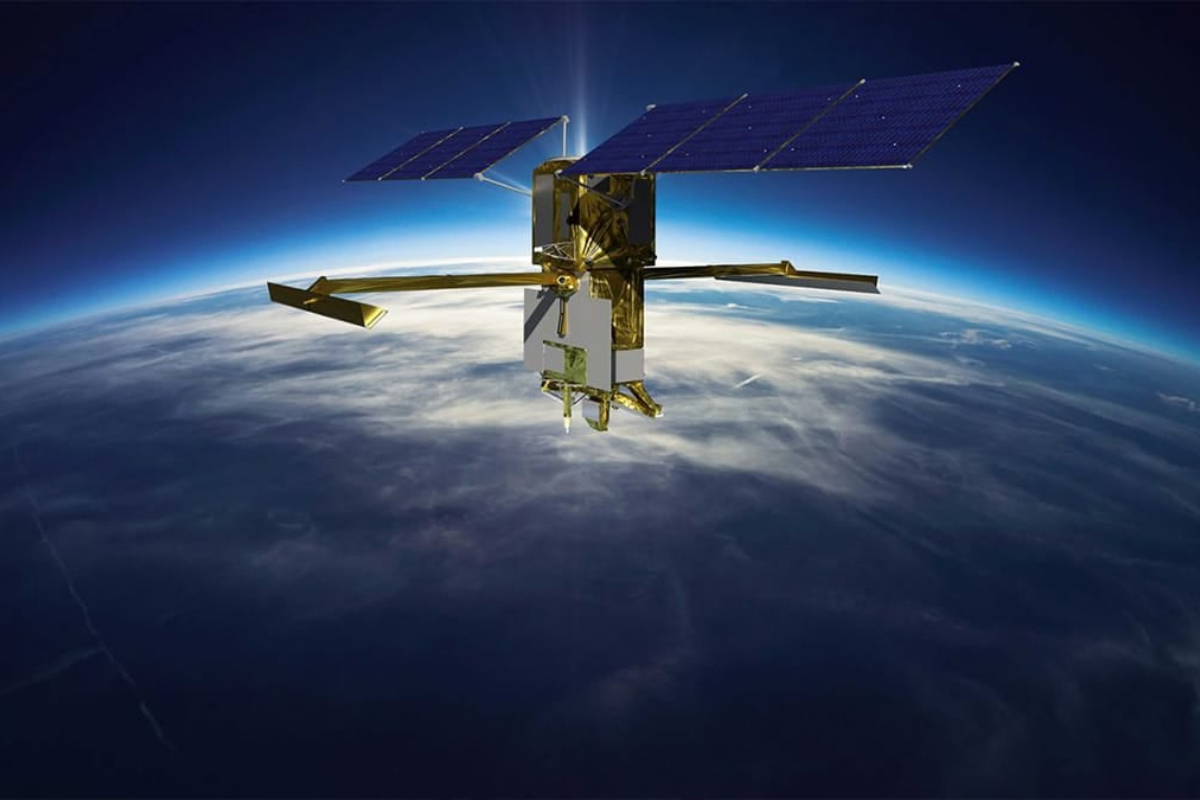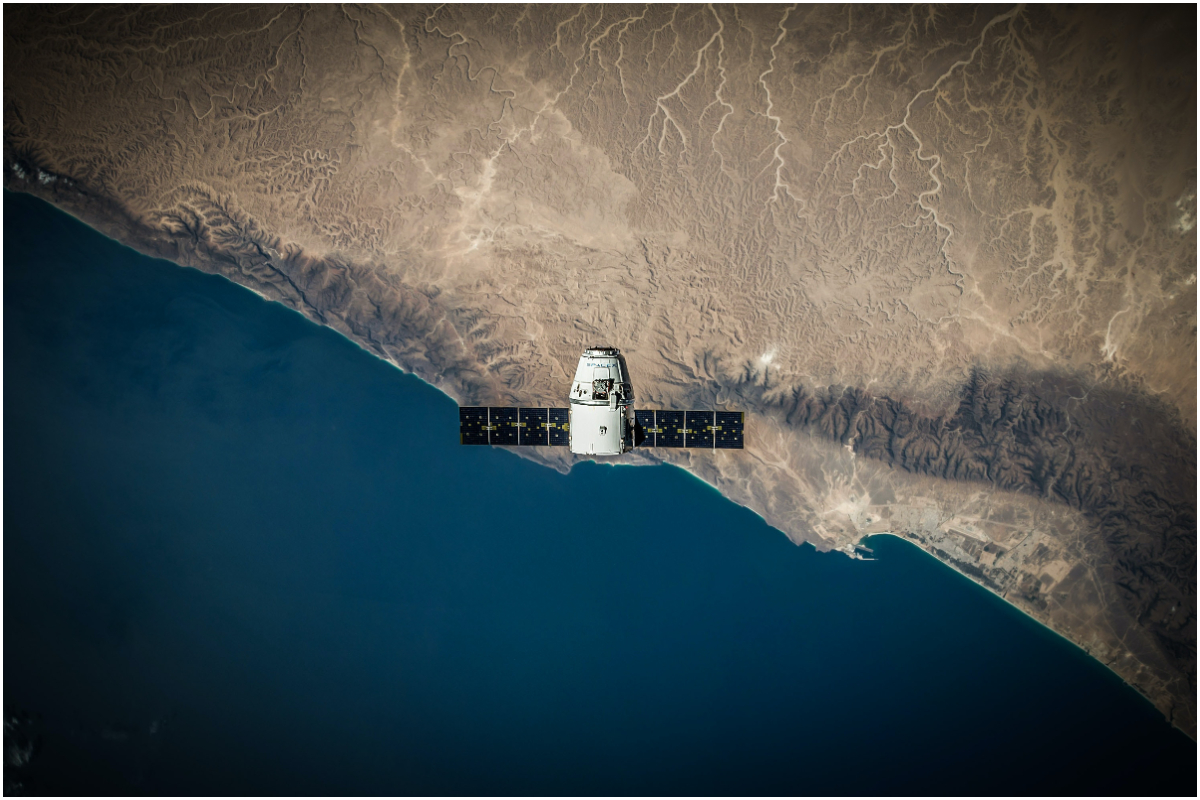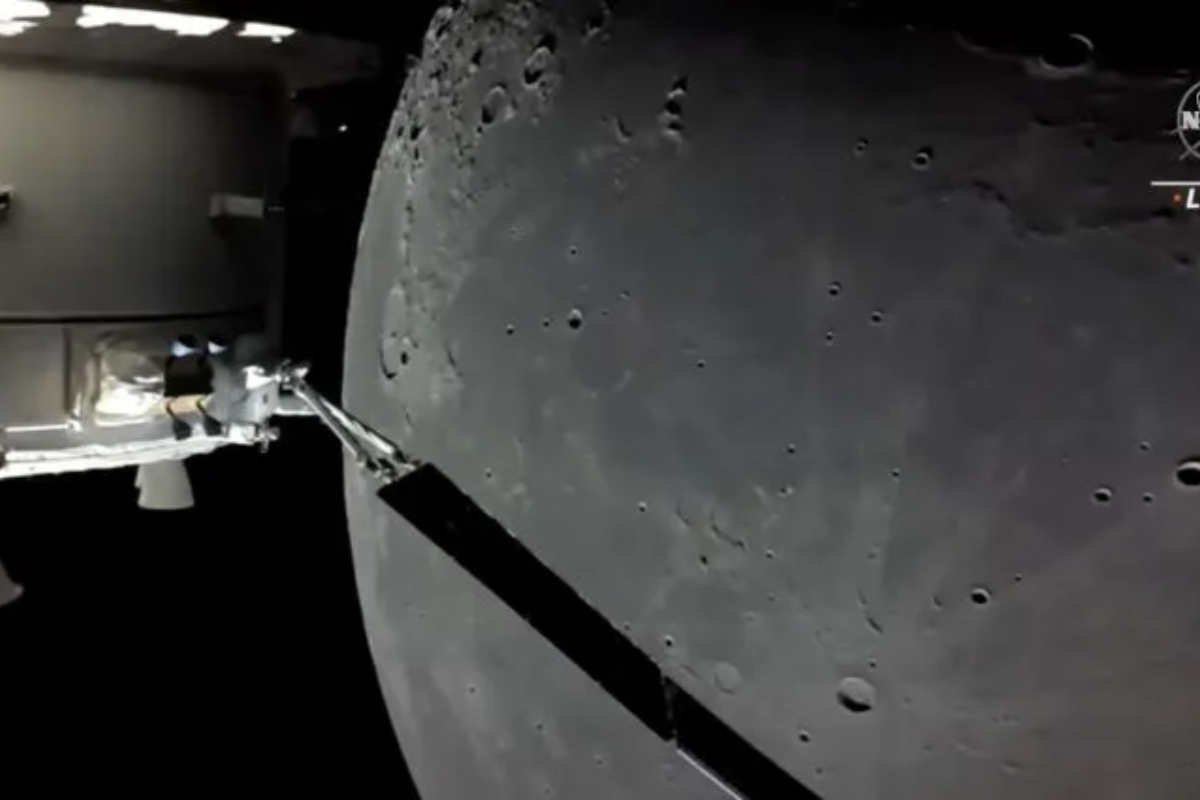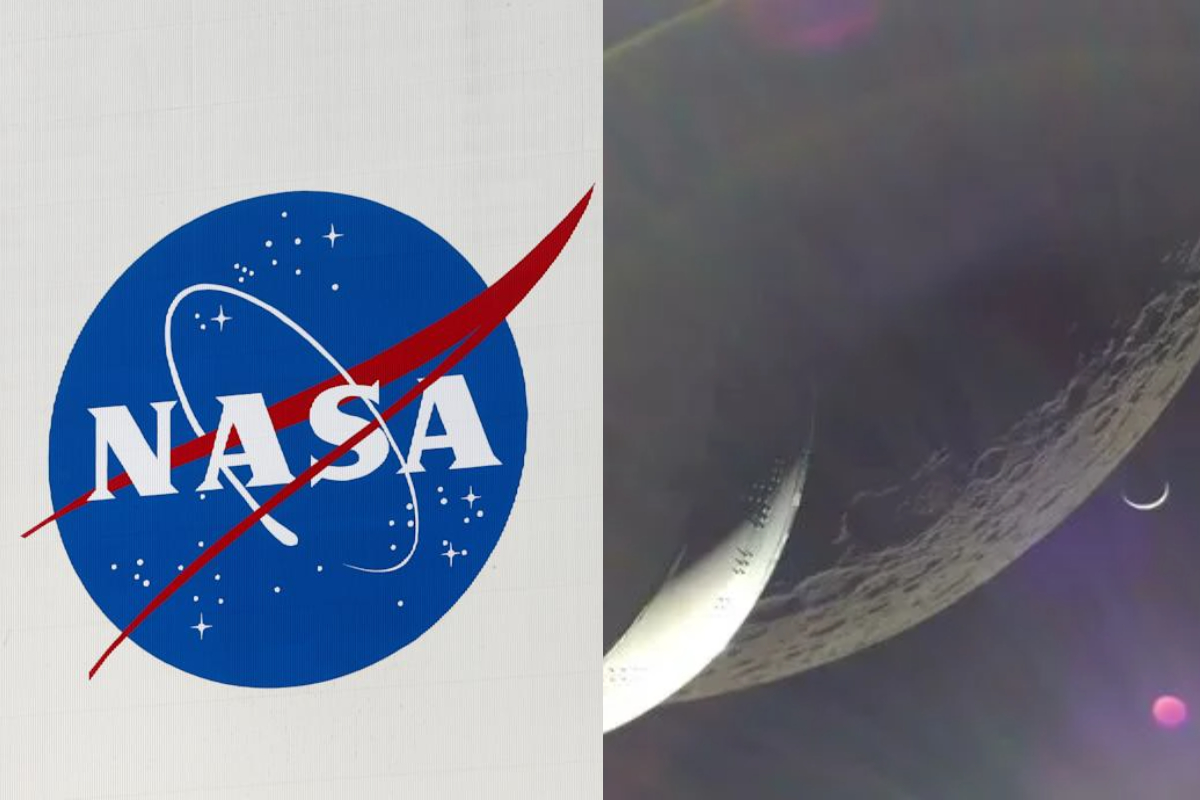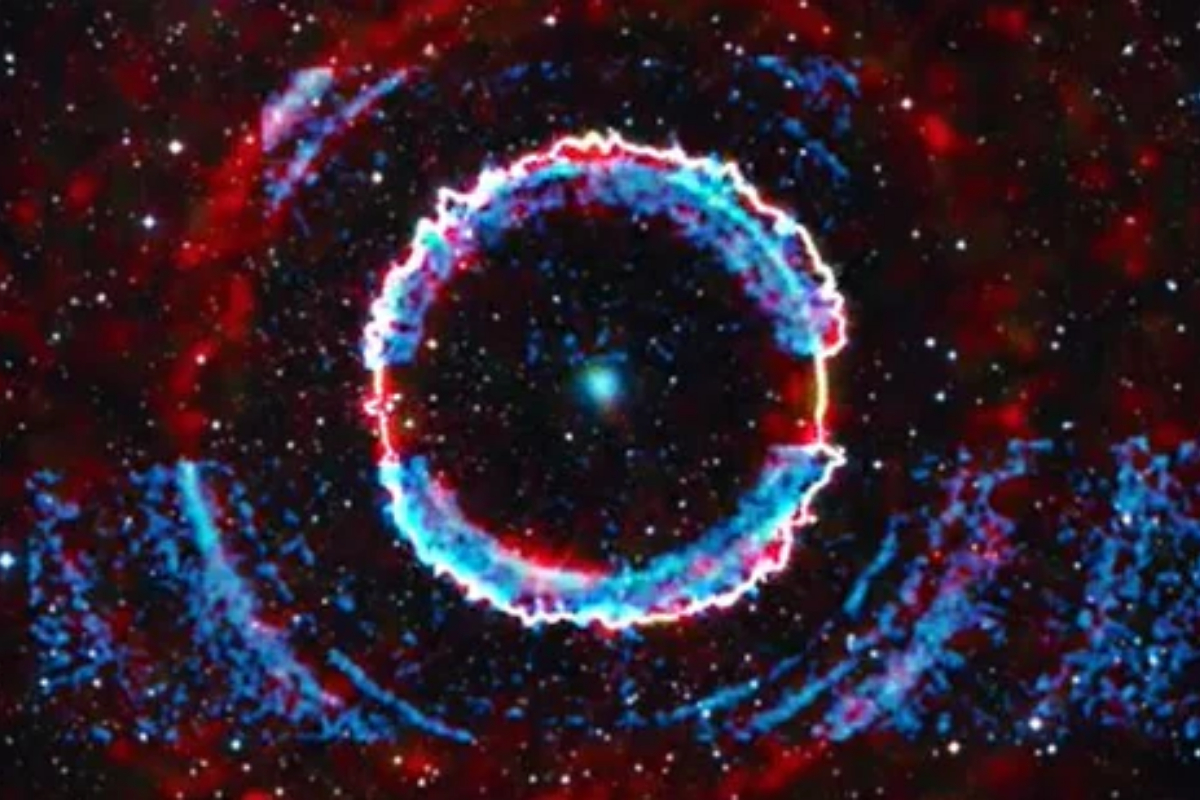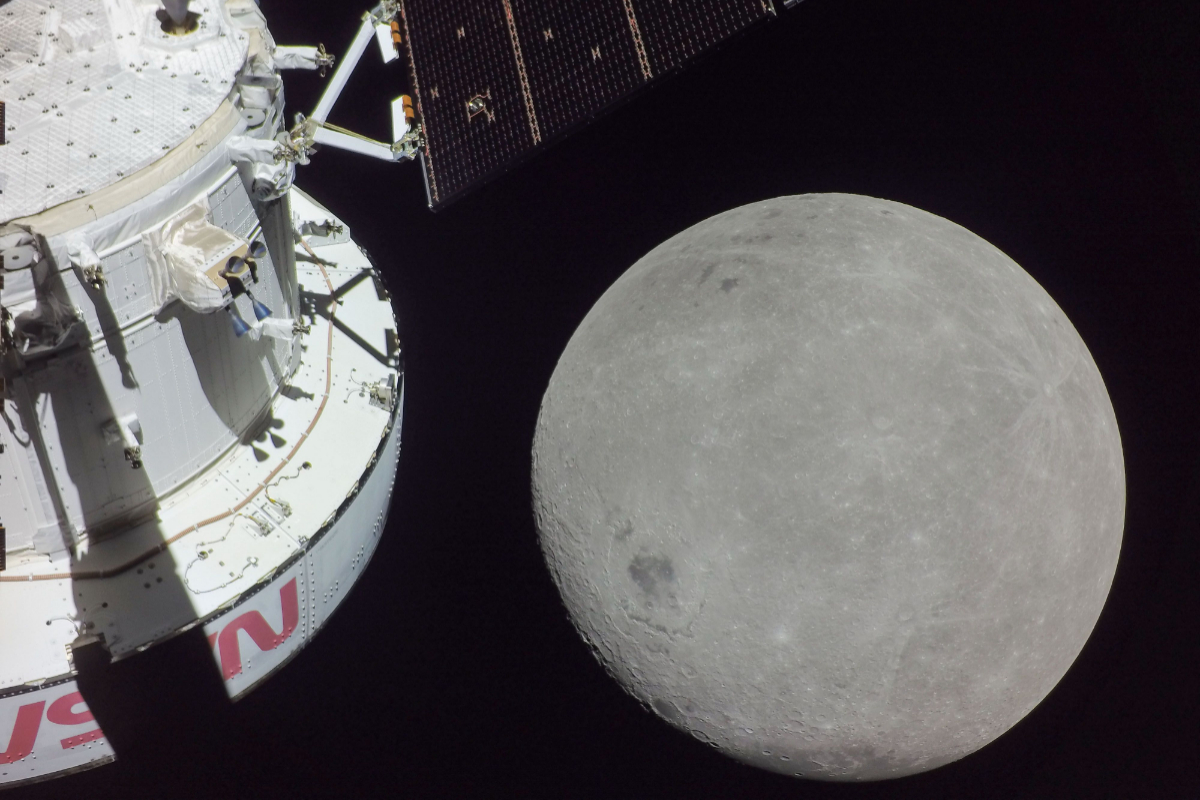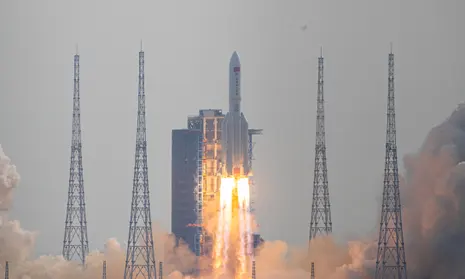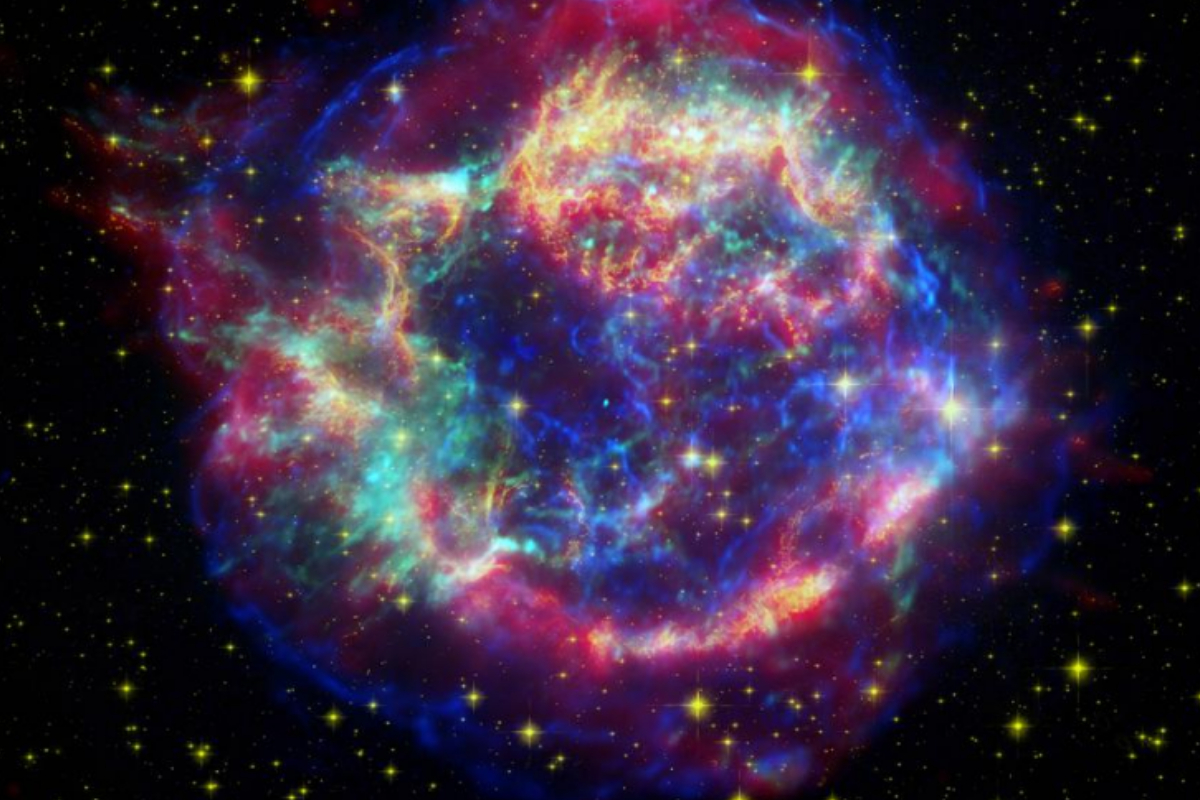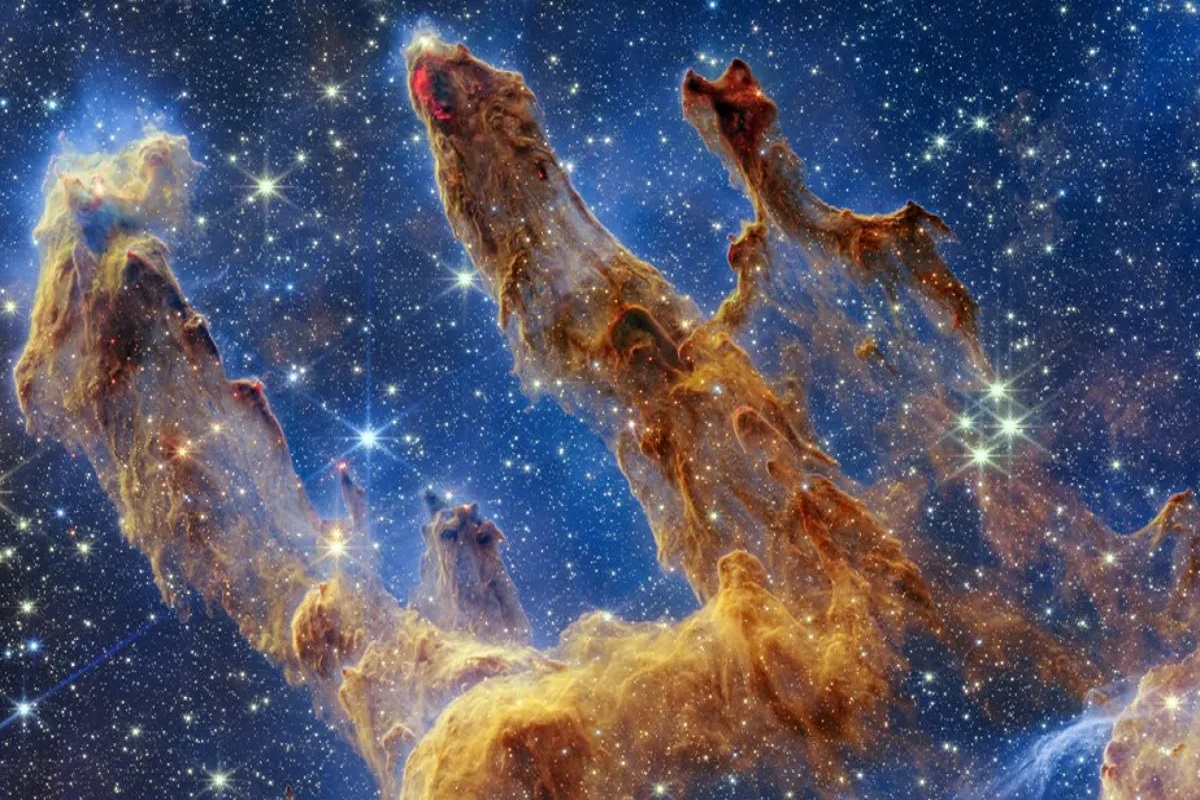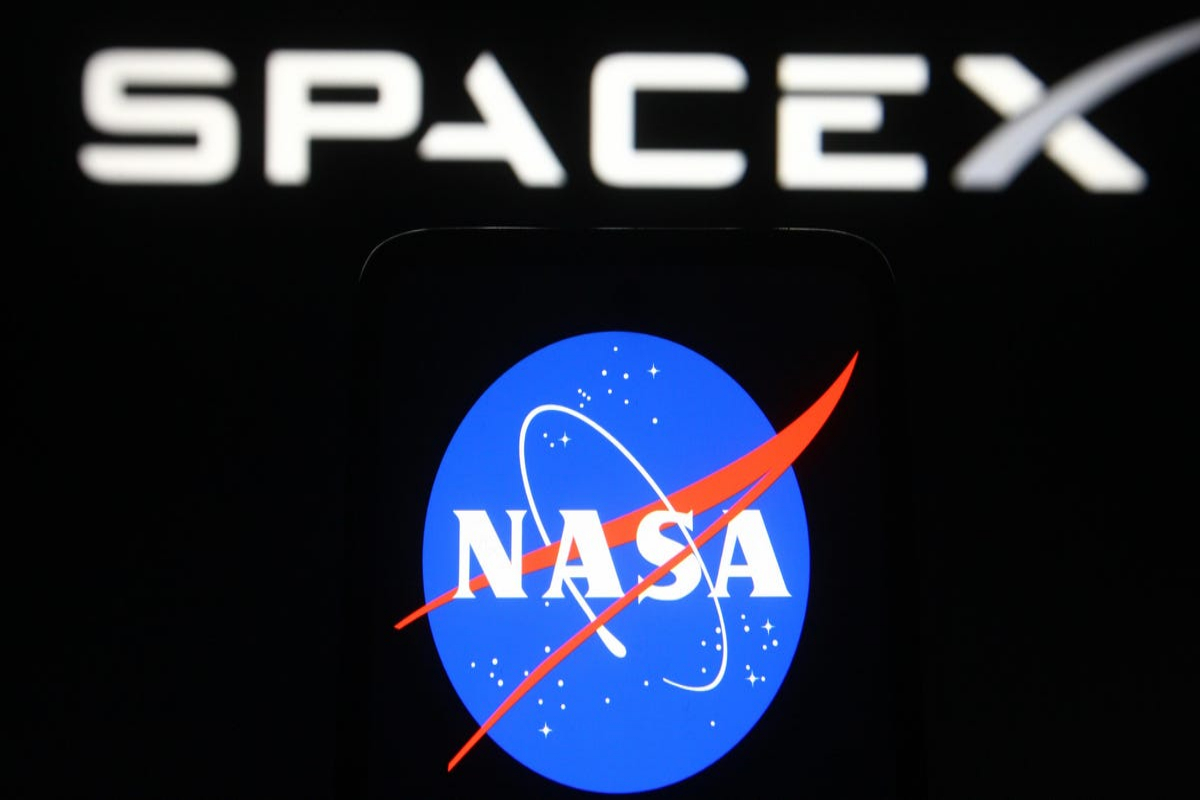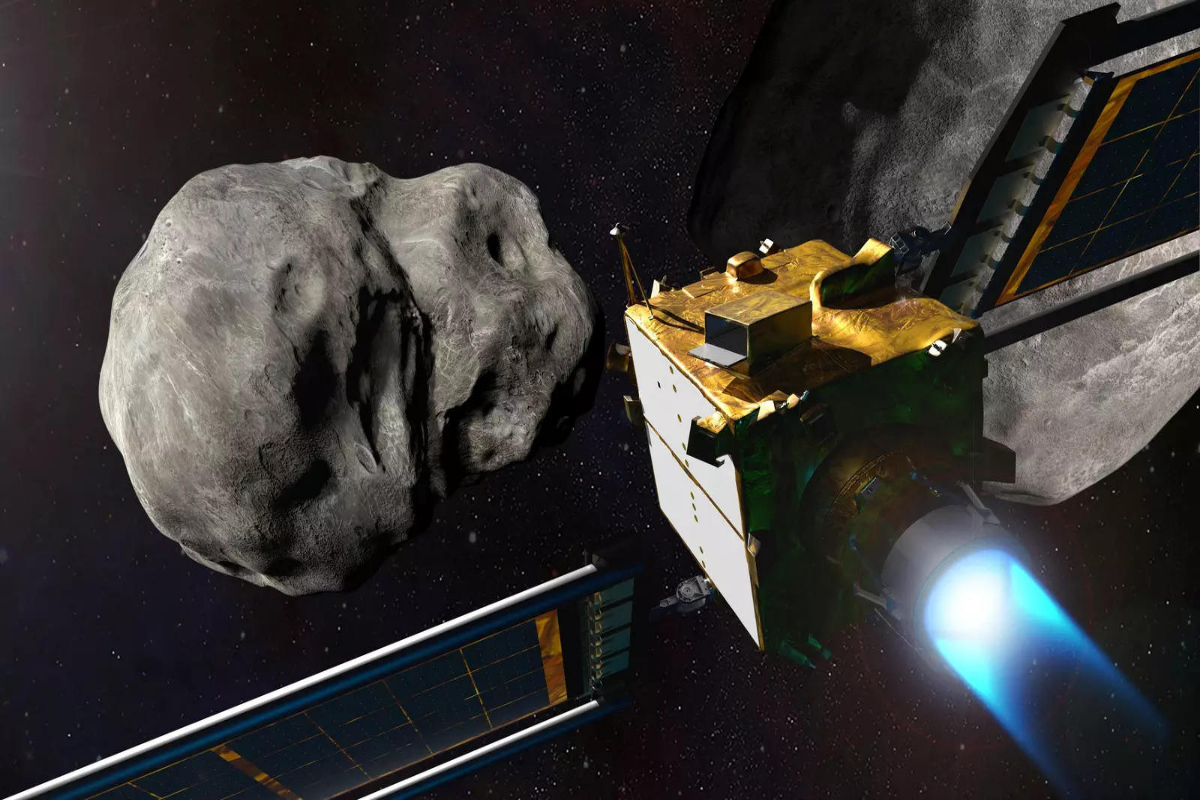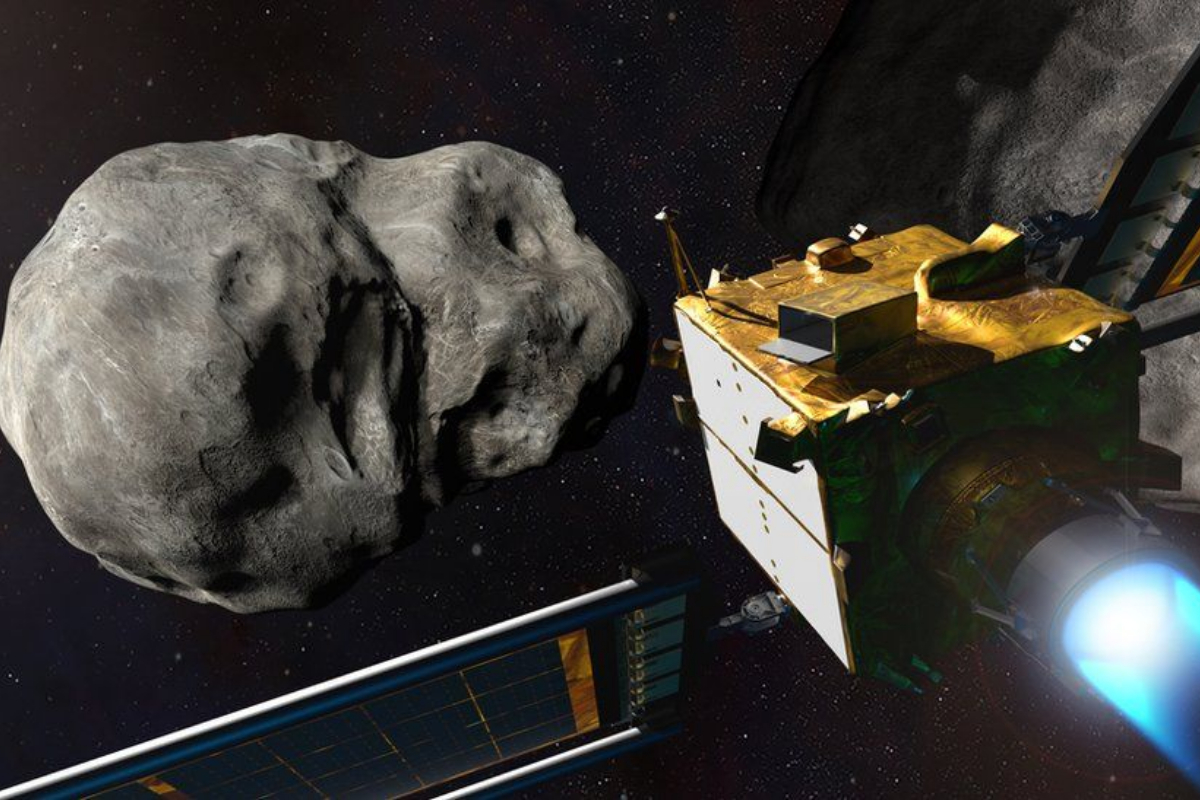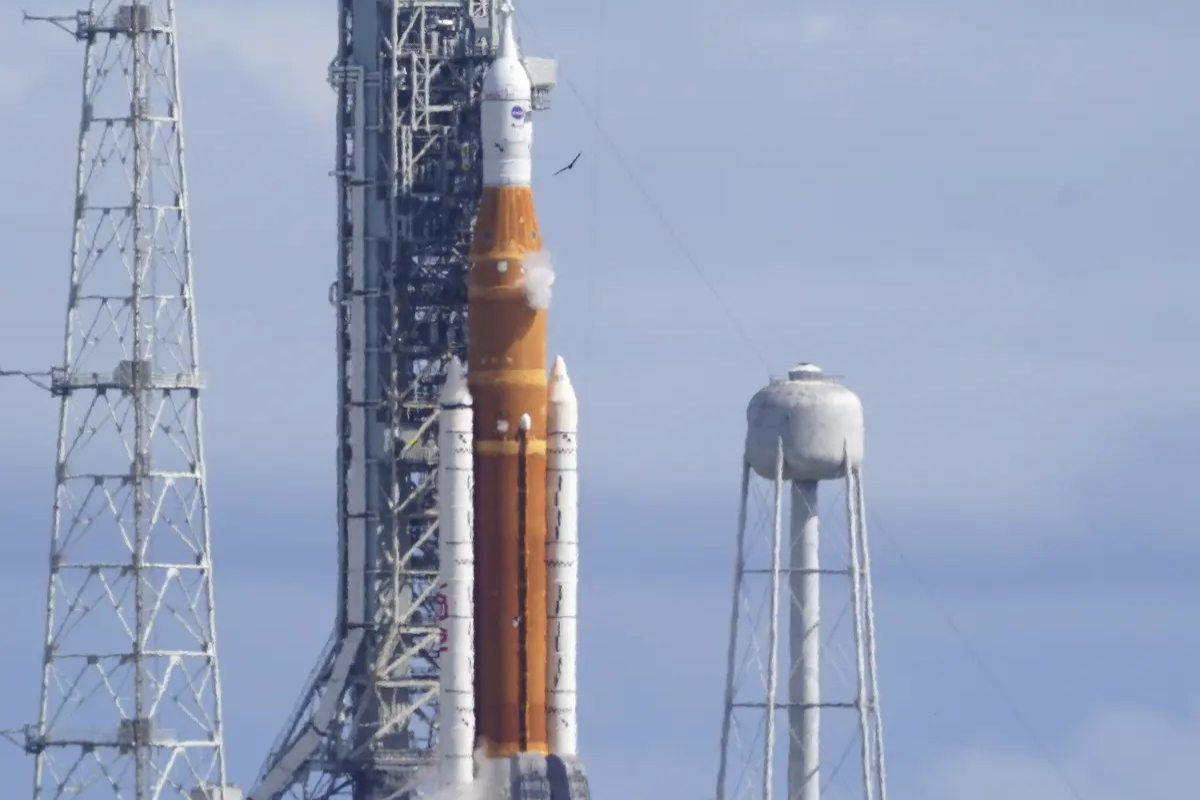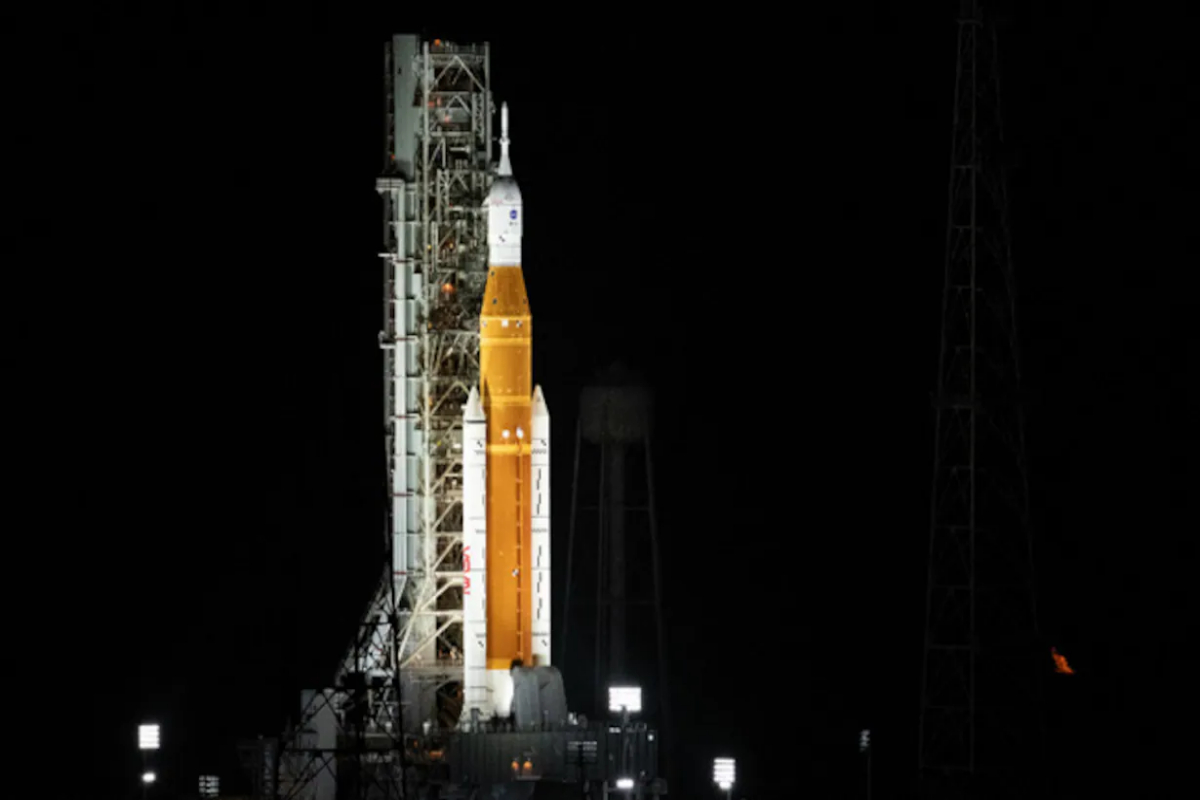- The ozone layer is on track to recover within decades.
- International cooperation aided in mitigating the damage.
- If global policies remain unchanged, the ozone layer is likely to recover to 1980 levels.
According to a new United Nations-backed assessment, the Ozone layer is on track to recover within decades as ozone-depleting chemicals are phased out globally.
The ozone layer shields the Earth from dangerous ultraviolet rays. However, scientists have been warning about a breach in this shield since the late 1980s, caused by ozone-depleting compounds such as chlorofluorocarbons, or CFCs, which are often found in refrigerators, aerosols, and solvents.
International cooperation aided in mitigating the damage. According to a panel of experts’ assessment published on Monday, the usage of CFCs has fallen by 99% since the Montreal Protocol entered into force in 1989, which began the phase-out of those and other ozone-harming chemicals.
If global policies remain unchanged, the ozone layer is likely to recover to 1980 levels for the majority of the world by 2040, according to the estimate. The timeline for recovery in polar locations is longer: 2045 in the Arctic and 2066 in the Antarctic.
“Ozone action establishes a precedent for climate action. “Our accomplishment in phasing out ozone-depleting chemicals demonstrates what can and must be done urgently to transition away from fossil fuels, reduce greenhouse emissions, and so limit temperature rise,” said World Meteorological Organization Secretary-General Petteri Taalas.
Zone-depleting gases are also powerful greenhouse gases, and without a prohibition, the globe may have warmed by up to one degree Celsius, according to a 2021 study published in the journal Nature.
Since the industrial revolution, the Earth has warmed by about 1.2 degrees Celsius, and scientists have warned that this should be kept to 1.5 degrees Celsius in order to avoid the worst repercussions of the climate problem.
According to scientists, exceeding 1.5 degrees Celsius would significantly raise the likelihood of major drought, wildfires, floods, and food shortages.
Solar geoengineering
For the first time in this four-year review, scientists considered the possibility of solar geoengineering: the endeavor to limit global warming through techniques such as injecting particles into the stratosphere to bounce sunlight out of the earth’s atmosphere.
They discovered that stratospheric aerosol injection could help limit climate warming, but they cautioned that there could be unforeseen consequences. The deployment of the technology “may also alter stratospheric temperatures, circulation, and ozone formation, destruction, and transport rates,” according to the paper, which is issued every four years.
[embedpost slug=”/nasa-mars-rover-to-lay-down-rocks-for-earth-return/”]


